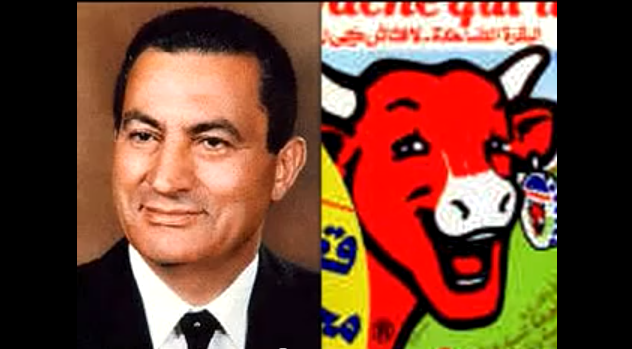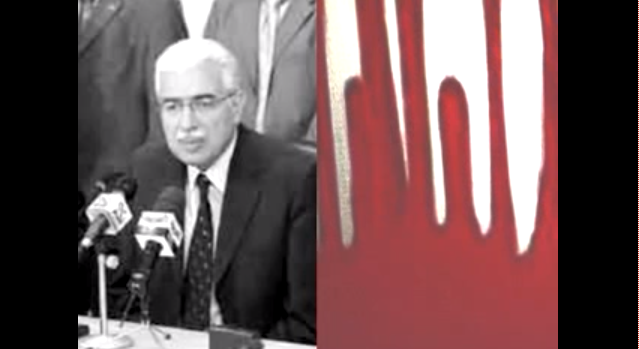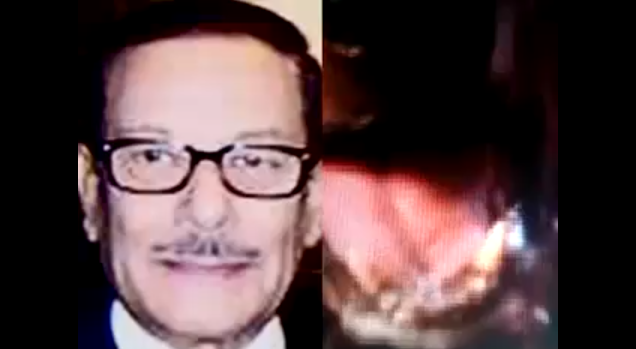In the 21st Century, what makes a revolution? The past turbulent year in the Middle East has shown that a good understanding of physical, mediated and technological »connectivity« is key in mobilising for a cause, and sharing it with the world. At the time of writing Tahrir Square in Cairo is aflame again, with protestors demanding the interim Military Council transfer power to a civilian rule, and meet the demands of the revolution. Again we are witnessing masses of people congregated on the square, confronting, running, charging against the police, defending their ground, falling, getting injured. And once again the blogosphere and twittersphere is awash with updates, live reports and footage. It is exactly the combination of bodily presence (wet) activism and virtual media (dry) activism to rally for and report on your case that proves powerful.
Wet and dry activism operate on very different plains. The former relies on the presence of the physical body in a specific time and place. As an individual body it is vulnerable, but en masse it is a collective and powerful body. The latter relies on an omnipresent virtual voice, which can be downloaded at any time, any place. It leads multiple and redistributed lives through tweets, retweets, facebook friends, online petitions, youtube and flickr accounts. Both realms are interlinked and can reinforce each other.
An Egyptian artist who has understood the dynamics of wet and dry connectivity well is Aalam Wassef. As early as 2006, under various pseudonyms, such as Ahmad Sherif, he released dozens of short clips on youtube critical of the Mubarak regime. The anonymity of the internet provided him with artistic as well as politically expressive freedom. Catering especially to an Arab audience with Arabic voice–overs and sub–titles, these videos combine songs, popular culture, activist footage, news clips and other material to criticise the brutality of the regime and the infringement on basic human rights and freedoms. The usage of humour and pop references are intended to strategically diversify audiences. In »Dictatorship for Dummies« (2008) for example, we see Aalam Wassef/Ahmad Sherif playing on the well–know »For Dummies« publication series. Using the recognisable »For Dummies« corporate identity, he proceeds to guide us in Arabic voice–over with English graphics how to live in a dictatorship. We should »like to obey (it frees the mind)«, »adore fear (it improves us)«, »hate free press (lies, lies, lies)«, »do not travel (it corrupts us)«, »love our dictator (and his sons)«, and »cherish control (for our safety)«, and »resent change (it’s for dummies)«. Here the indoctrination and paranoia of dictatorships and the marketing of hyper–capitalist advertising collapse: they both sell stories in order to control and regiment citizen’s behaviour, whether that is political or consumer–based.
»Four Egyptian Postcards, Brutality in Egypt« (2006–2007) is a series of four youtube clips, wherein the artist juxtaposes the dignified portraits of political figures (former President Mubarak, former Prime Minister Ahmed Nazif, former Minister of Information Safwat el Sherif) and the iconic Egyptian tourist views of the pyramids and Nile, with their ›true faces‹. Mubarak is shown with the logo of the cheese spread »la vache qui rit«, Nazif with a bloodied Egyptian flag, the pyramids with police torture, and el Sherif with an image of a Doberman Pinscher threateningly barking and salivating. The Mubarak clip managed to get almost a million hits.
In other projects Wassef used the impossible pseudonym of Mohamed Michael, which combines a Muslim and a Christian name, in order to address sectarian issues in Egyptian society. Both Aalam Wassef, Mohamed Michael and Ahmad Sherif have been using various media platforms to spread their messages: from vimeo, and youtube, to twitter and good old email. On February 11th 2010, after the ousting of Hosni Mubarak, Wassef decided »to come out« and reveal his true identity. An incredibly risky step, which collapsed Wassef’s »dry« artivism with his »wet« artivism.
For his »wet« art projects in Egypt, Wassef has shied away from the well–known contemporary art venues in Cairo, opting instead for a site–specific approach that exhibits his work in shops, spaces and coffee shops in the impoverished Sayyeda Zeinab neighbourhood in Cairo. For example, as a comment on the 2008 US election results, he created in a vespa repair shop a 3 meter gleaming neon portrait of Obama, only showing the contour of his eyebrows, lips and chin. Thus placing a momentous event of international politics, in the drudgery and struggle of ordinary Cairenes’ daily lives.
http://www.youtube.com/aalamwassef
http://ahmadsherif.wordpress.com
http://www.youtube.com/ahmadsherif
http://vimeo.com/18472608


